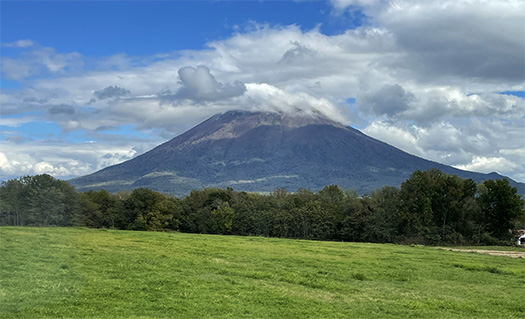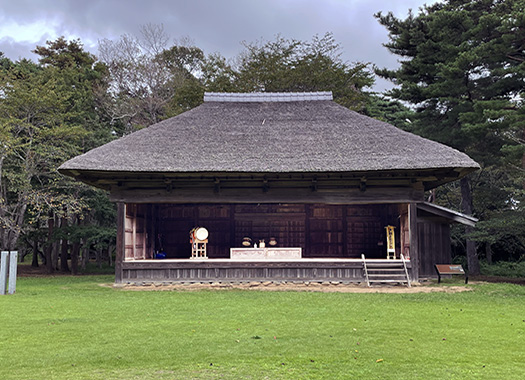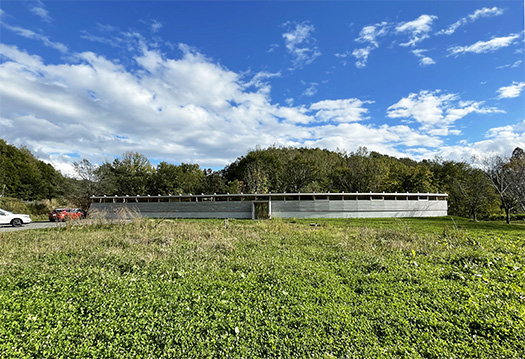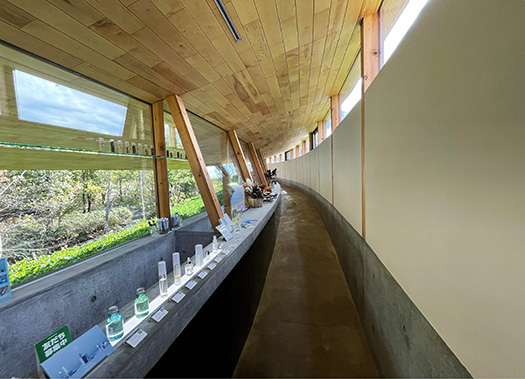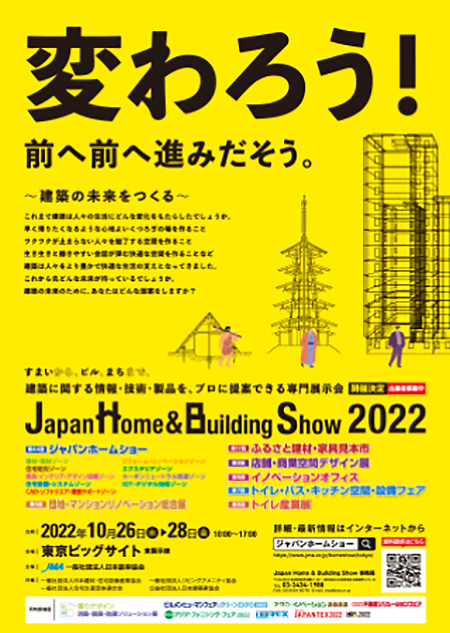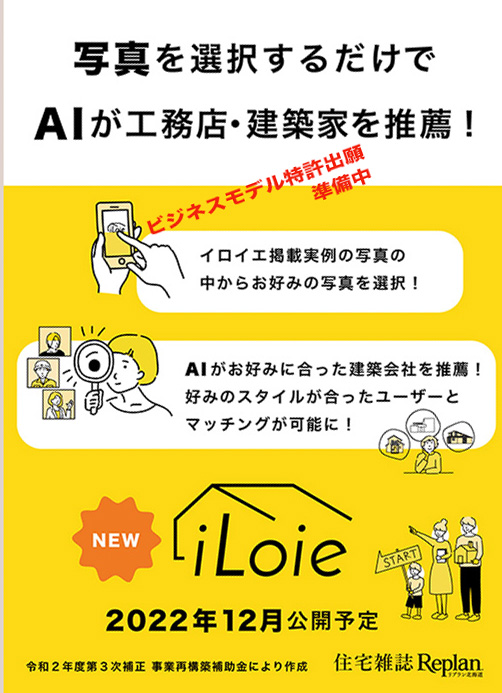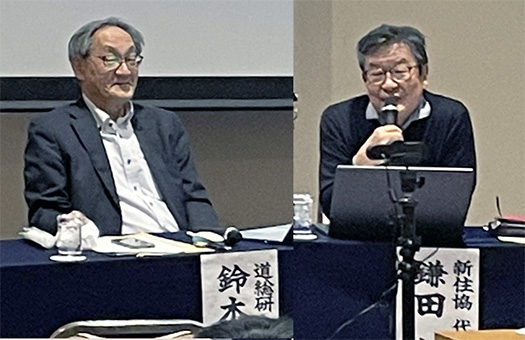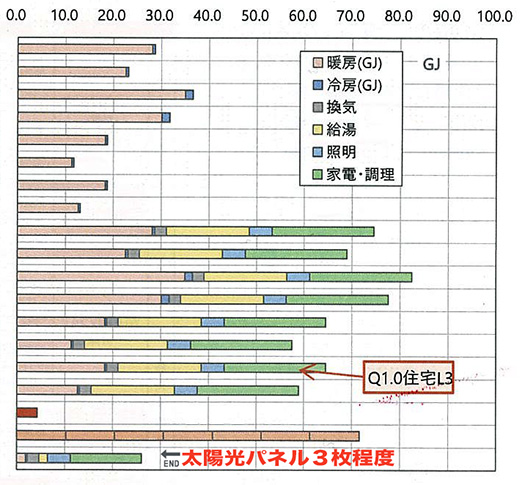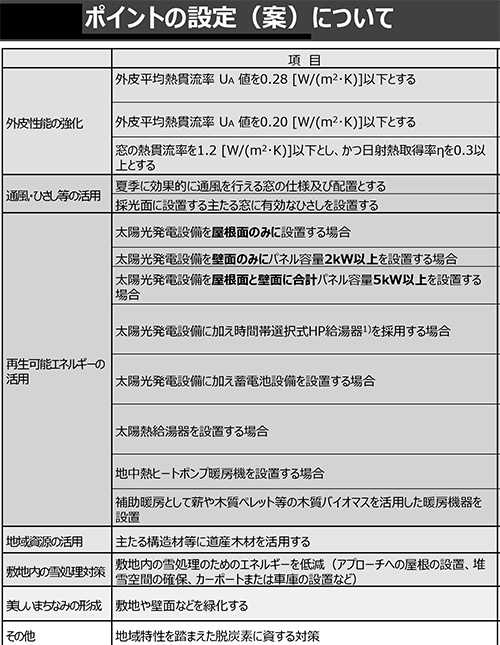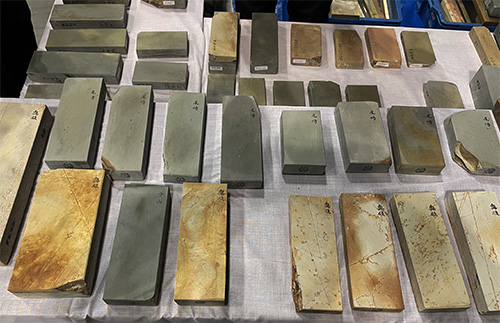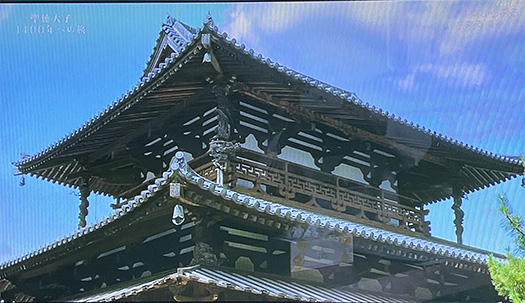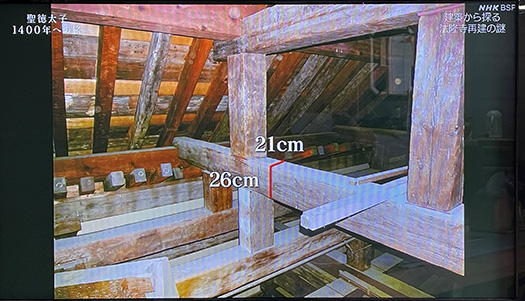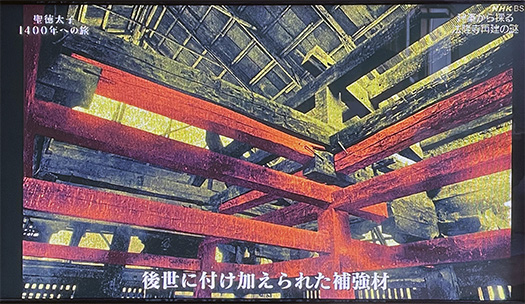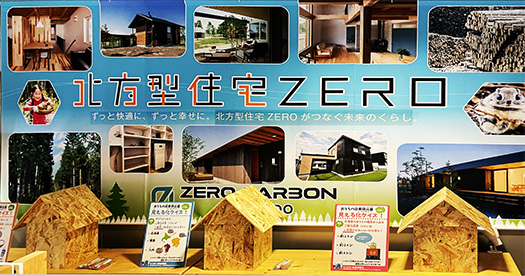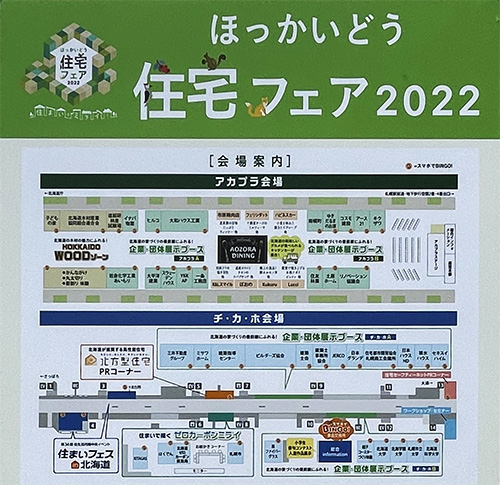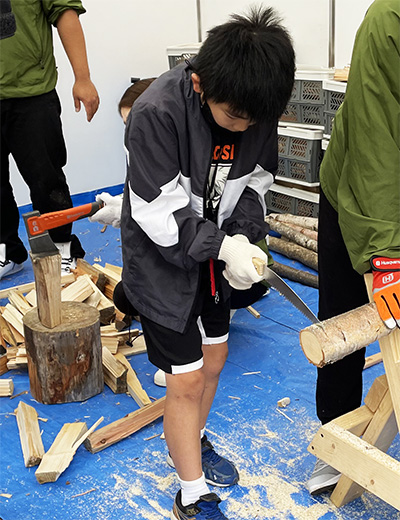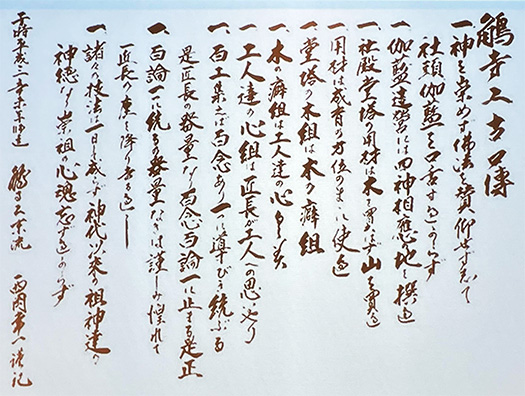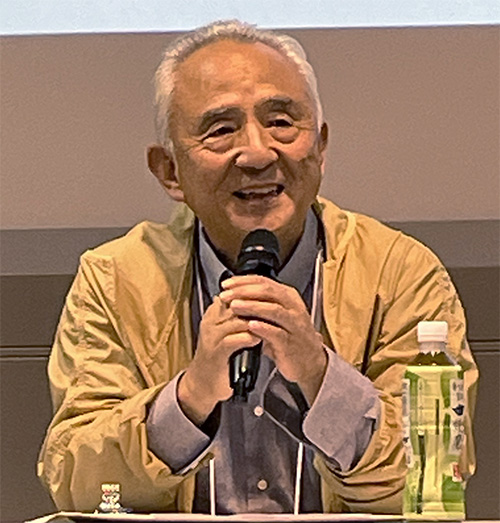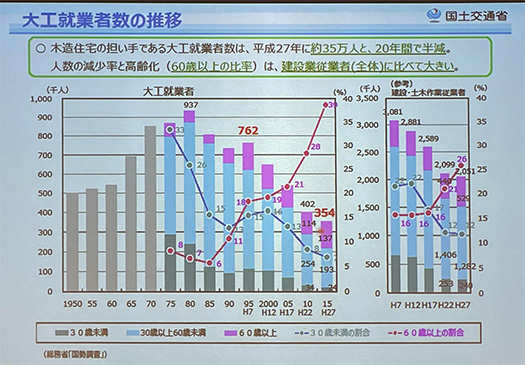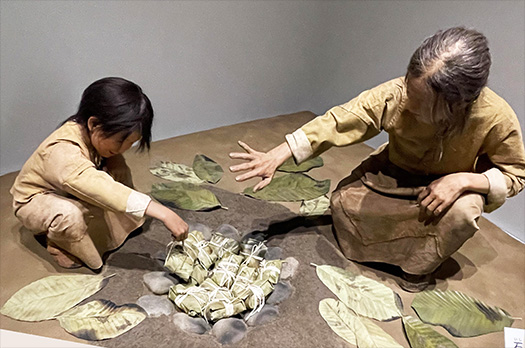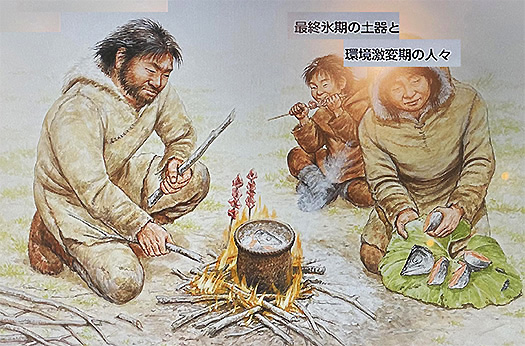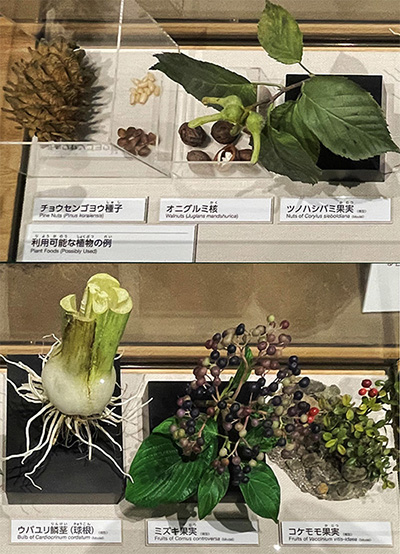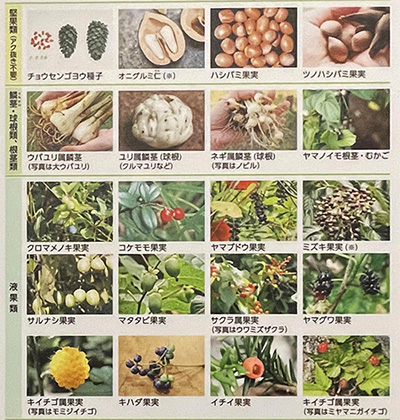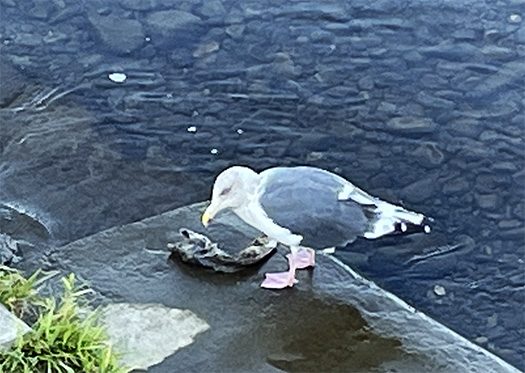
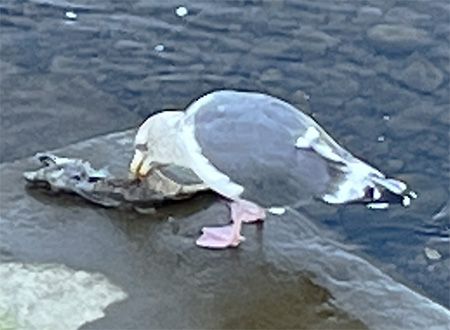
毎朝の散歩道ではわが家周辺の「発寒川」公園緑地が
大きな通過ポイントになっております。
札幌は地形的には比較的に内陸に属すると思うのですが、
札幌の南西部山岳地帯から石狩湾に注ぐ多数の河川が扇状地を形成していて
海岸線からは15kmくらい内陸なのに市西部・山の手地区でカモメの鳴き声。
カモメたちがその河川に沿って河川と海の間を行き来して魚を狙っている。
そういう様子と遭遇することが多い。
空を飛んでいる様子ではかれらの捕食行動はあんまりわからないけれど、
川の周囲ではときどきその捕食行動を目の当たりにする。
カラスと違ってやや穏やかな棲息ぶりを想像することが多いけれど、
写真のように捕食行動ではカラス並みの行動ぶりが明らかであります。
まぁ当然だけれど、その目線を凝視するとなかなかの精悍、獰猛さを感じる。
殺気をその目線から放っている・・・。
やや大型の魚が餌食になった様子を淡々とカメラに収めた次第。
弱肉強食の自然の摂理は都市環境の中でも貫徹されている。
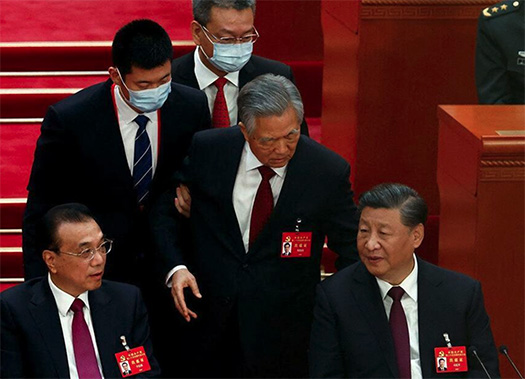
きのう出張移動を始めた前後から、写真のような光景が世界中に配信。
(写真・ロイター/アフロ)〜Yahooページから。
政治権力闘争的な状況はよく知りませんが、弱肉強食的な生々しさ。
なかなかに激烈なことがこういう情報配信から伝わってくる。
毛沢東の権力集中・文化大革命という悲劇を生んだことから、
中国なりの権力の開明化が進むと世界資本主義体制は「期待」したけれど、
どうも時計の針は再び大きく暗転しつつあるのかも知れません。
外国メディアの目の前で公然と前権力トップを強制排除するとは。
どうも宮廷革命状況がこの現代で起こったのではないかと推測。
中国のことは中国自身が決めていくしかないでしょうが、
他国からすると現代世界の行方にも関わることで注目せざるを得ない。
衝撃の大きさに比べアメリカなどの反応はいまのところ、それほど出ていない。
一応内政的なことなので他国政府としてはコメントしにくいのでしょう。
しかし、こういう映像が平然と流れる違和感、怖い政体という認識が
世界に認識共有されることに平然とした国であることは伝わる。
政治経済的な混乱・危機が世界に影響する可能性は高い。
日本の政治経済にも今後の不透明要素になってくることでしょうね。
さて昨日は久しぶりに仙台へ移動しました。
感染症の蔓延があり一方でテレワークなどの環境整備が進んで
社内的コミュニケーションは不足なくできるので出張は控えていました。
しかし今回仙台事務所を移転させたこともあって、整理整頓での出張。
久しぶりの仙台の空気感に懐かしさも感じている次第です。
English version⬇
Seagull predatory behavior in Sapporo, Japan: Nature’s law of the law of the jungle.
Seagulls are also birds of prey. The ferocity of their eyes is astonishing. The world is watching, and the center of power is being forcibly eliminated. A neighboring giant nation that is difficult to distance itself from. The world is watching.
Every morning, the “Hassamu River” park is a major passing point on my morning walk.
It is a major passing point on my morning walk.
Topographically speaking, Sapporo belongs to a relatively inland area.
However, there are many rivers flowing into Ishikari Bay from the mountainous area in the southwest of Sapporo, forming a fan-shaped area, and the city is about 15 km inland from the coastline.
Even though the city is about 15 km inland from the coastline, seagulls were heard in the Yamanote area in the western part of the city.
Seagulls are coming and going along the rivers between the rivers and the sea to catch fish.
I often encounter this kind of situation.
Although their predatory behavior is not so obvious when they are flying in the sky, they are sometimes seen around the river.
But sometimes we can see their preying behavior around the river.
Unlike crows, we often imagine them to live in a rather peaceful habitat.
However, as you can see in the photo, their predatory behavior is as obvious as that of crows.
It is natural, but if you stare into their eyes, you can feel their fearlessness and ferocity.
They are emitting a deadly spirit from their eyes.
I took a picture of a rather large fish that had become a prey.
The natural order of the law of the law of the jungle is still in effect in the urban environment.
The photo-like scene was distributed around the world before and after he began his business trip move yesterday.
(Photo, Reuters/Afro) – From Yahoo page.
I don’t know much about the political power struggle-like situation, but it is very raw, like a weak man and a strong man.
It is quite intense, and this kind of information distribution conveys that.
Since the tragedy of Mao Zedong’s concentration of power and the Cultural Revolution that ensued.
The world capitalist system “hoped” that China’s power would become more open and transparent, but the clock seems to be ticking again.
However, the hands of the clock may be turning dark again.
The removal of the former head of power in public in front of foreign media.
I suspect that a court revolution situation may have occurred in this modern era.
China will have to make its own decisions about its own affairs.
But from the point of view of other countries, we have to pay attention to the situation as it relates to the future of the modern world.
Compared to the magnitude of the impact, the reaction of the United States and other countries has not been so great so far.
It is probably difficult for governments of other countries to comment on the situation since it is an internal political matter.
However, the fact that such images are being shown in such a manner is disconcerting, and the perception of a frightening political system is being shared around the world.
However, it is clear that this is a country that is not afraid of being recognized and shared with the rest of the world as a scary regime.
There is a high possibility that political and economic turmoil and crisis will affect the world.
I am sure it will be an uncertain factor for Japan’s political economy in the future as well.
Well, yesterday I moved to Sendai for the first time in a while.
On the one hand, there is an epidemic of infectious diseases, and on the other hand, the teleworking environment has been improved, so there is no lack of communication within the company.
I had been refraining from business trips to Sendai because of the spread of infectious diseases and the teleworking environment, etc., which allows us to communicate internally without any shortage of communication.
However, this time I moved the Sendai office, so I had to go on a business trip to get things in order.
I am feeling nostalgic for the atmosphere of Sendai after a long time.
Posted on 10月 24th, 2022 by 三木 奎吾
Filed under: こちら発行人です, 状況・政治への発言 | No Comments »


